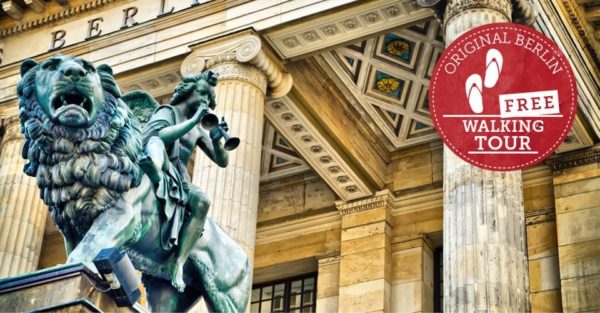The Historical Significance of the Berlin Wall
The Berlin Wall, a symbol of the Cold War era, remains one of the most renowned structures in history. Erected on August 13, 1961, the wall physically divided the city of Berlin, separating East Germany under communist rule from West Germany, which was democratic and aligned with the West. It became a potent and poignant force that encapsulated the ideological and political struggle between the two world powers of the time: the United States and the Soviet Union.
The Reasons Behind Its Construction
The construction of the Berlin Wall was primarily driven by several factors:
1. Ideological Divide
The Wall in the center of Berlin symbolized the division between two different creeds – West and East, capitalism and communism. This was erected to stop the people from East Berlin to West Berlin, while inhabitants of the Eastern bloc counties are in search for the Western world to escape political persecution and difficult economic conditions.
- Brain Drain
The East Germany government wanted to frustrate the persistence which saw its human capital moving to the west. They thought that through construction of the wall they would retain the status of the country economical body and curb down the socialism menace of brain drain.
- Border Security
The East German government was not only ideologically and economically driven, however; it was also security driven. They tried to limit movement to the west to curtail spying, incursion and anything that would be deemed a threat to communism.
Life under the Berlin Wall
Confinement behind the Berlin Wall allocated living with rigorous separation and lots of driving fear. The construction of the wall separated families and friends, and most of the individuals’ rights were violated along the wall.
- Families Divided
One day, the wall was built, and families who had been reunited were separated again, which is true to this day. It was not possible for people to go to the other side to intending their friends and relatives. A single city that was divided suddenly split apart, and the feeling of division was felt for almost twenty-nine years until the wall came down on November 9, 1989.
- Escape Attempts
Most subjects of GDR wanted freedom and would even if possible try the most dangerous ways to escape to the West. Some attempted to scramble over it; others dug under it. However, due to multiple barriers such as clad with armed personnel and latest technologies in security, escape was extremely rare. Any person who was involved was punished, by getting imprisoned, or in some cases, they were executed.
- Daily Life Challenges
Living near the wall was a challenge which had innumerable inconveniences. Being citizens of West Berlin they had to endure the limited space of certain regions, heightened security measures and a constant reinforcement of the political and physical barrier. For those living in the East Berlin situation meant living under the constant observation and scrutiny of the government.
The Fall of the Berlin Wall
The phenomenon associated with the Berlin Wall, which presumably divided two civilizations and two different world philosophies, at the end came down under pressure from people or at least one civilization. The fall of the wall marked a watershed moment in world history:
- Peaceful Revolutions
Berlin Wall broke became an emblem of nonviolent revolutions that took place in Eastern Europe. It emphasized on the purpose of the people in unity for freedom and democracy. It now meant that the division of Europe, which had began decades prior, was going through unknown political transformations that would eventually cauze the end of the Cold War.
- Reunification of Germany
The break down of the Berlin wall led to the reunification of Germany. Since the reunion of Berlin wall, East Germany was merged with the Federal Republic of Germany on the 3 rd of October, 1990. This event put an end to one kind of division and is symbolic of a new kind of division, that of unity.
3. Legacy and Commemoration
The Berlin Wall left an indelible mark on the world, reminding us of the consequences of division and the importance of freedom. Today, remnants of the wall are preserved as memorials and serve as a testament to the resilience and triumph of the human spirit over adversity.
Table of Contents

